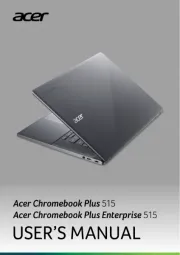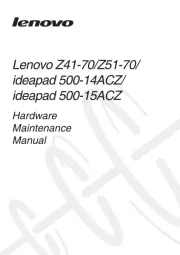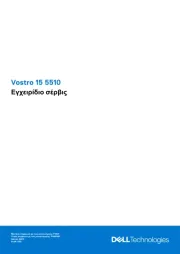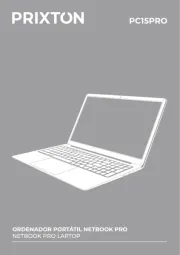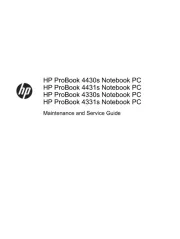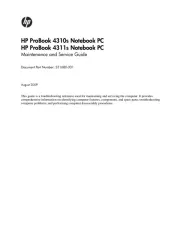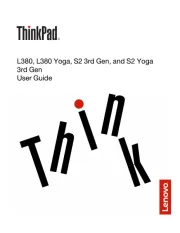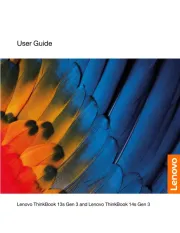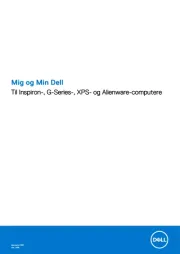Medion Akoya E6214 Manual
Læs gratis den danske manual til Medion Akoya E6214 (121 sider) i kategorien Laptop. Denne vejledning er vurderet som hjælpsom af 13 personer og har en gennemsnitlig bedømmelse på 4.5 stjerner ud af 7 anmeldelser.
Har du et spørgsmål om Medion Akoya E6214, eller vil du spørge andre brugere om produktet?

Produkt Specifikationer
| Mærke: | Medion |
| Kategori: | Laptop |
| Model: | Akoya E6214 |
Har du brug for hjælp?
Hvis du har brug for hjælp til Medion Akoya E6214 stil et spørgsmål nedenfor, og andre brugere vil svare dig
Laptop Medion Manualer
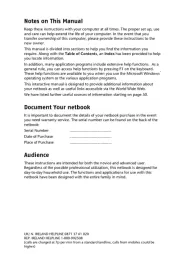

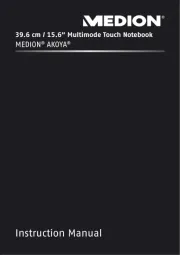
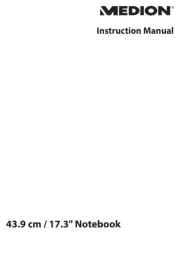
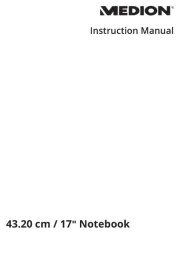
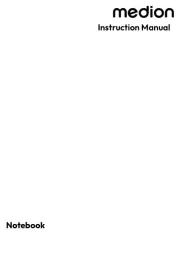
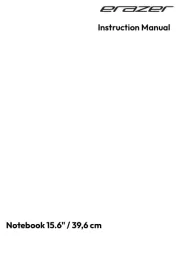
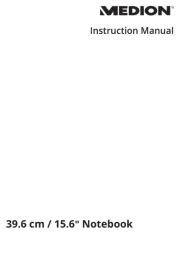
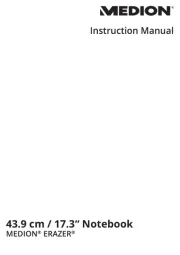
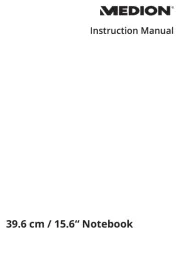
Laptop Manualer
- Panasonic
- Sony
- Ematic
- Olidata
- Aplic
- Asus
- Razer
- Jay-tech
- Gigabyte
- Dell
- Xiaomi
- Microsoft
- XPG
- Hamilton Buhl
- HP
Nyeste Laptop Manualer
